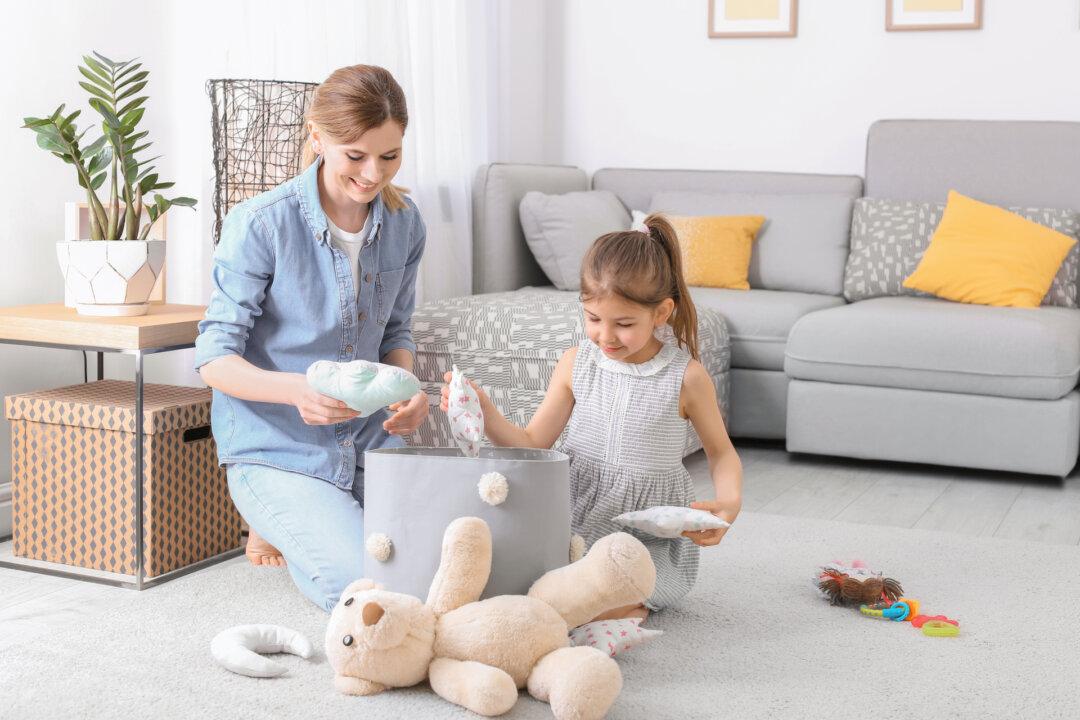“I’m so bored. ... There’s nothing to do at home! Can we just watch TV?” groaned my 6-year-old daughter, Sophie.
My daughter is no different, in many ways, than most children her age.

“I’m so bored. ... There’s nothing to do at home! Can we just watch TV?” groaned my 6-year-old daughter, Sophie.
My daughter is no different, in many ways, than most children her age.